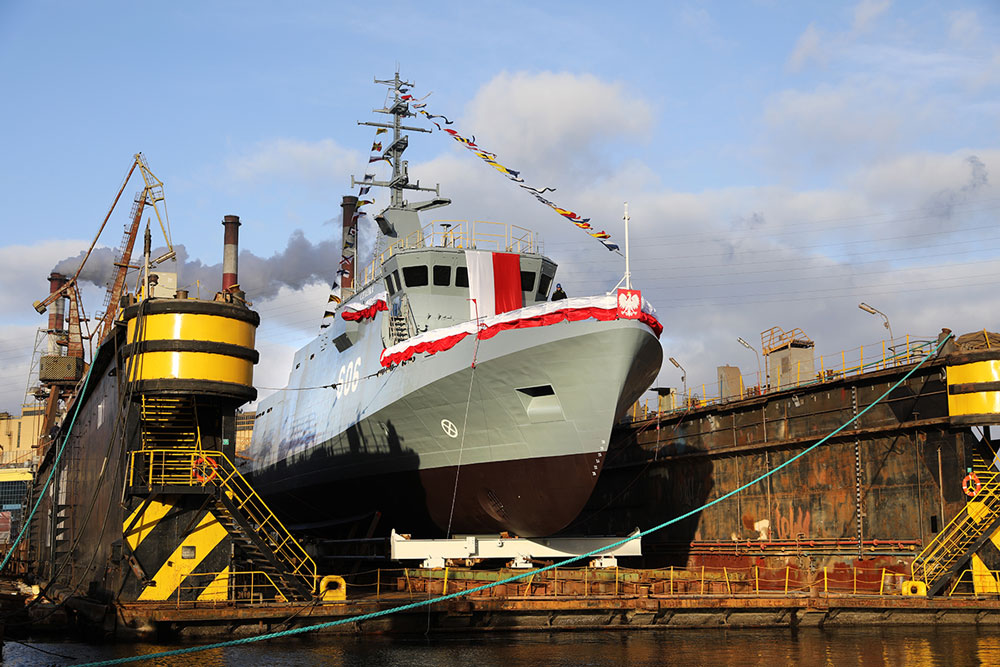Daily rates for car carriers have been in the six-figure range for months. Analysts expect the market to grow significantly.
Car transportation has developed into one of the most profitable markets this decade, as current data shows. According to Clarksons, the daily rates for one-year charter contracts for 6,500 CEU ships are up to €100,000. This significantly exceeds the previous peak for this segment: in 2008, freight rates for car carriers of this size were “only” around €47,000.
The data shows that the ratio between the current car carrier fleet (Pure Car Truck Carrier, PCTC) and newbuilds ordered is currently 35%. Only in the LNG sector is the ratio even higher at 55%.
Order volume for car carriers higher than ever before
Analysts from “AXS RoRo”, a title from the same company as Alphaliner, assume on the basis of these figures that the market for car carriers will grow by 40% in the coming years. “The claim that the PCTC market is still buoyant is an understatement,” they say – because the order volume for new builds is currently at an all-time high.
This year alone, 40 car transporters have already been ordered, with a total of 88 orders in 2023. The majority of these orders are for Chinese shipyards and larger transporters.
Shipping companies invest in the PCTC sector
According to Splash 24/7, there are also new names among the customers. Seaspan Corporation and H-Line Shipping, for example, have ordered new tonnage. The 7,000 CEU “Electric Star” is to be delivered to Atlas Maritime in October as the first car carrier. HMM and CMA CGM also recently placed new orders.
The world’s largest shipping company, MSC, is also expanding in this sector: The takeover of the Oslo-listed company Gram Car Carriers (GCC) is to be completed in the coming days. The offer is 700 million dollars (approx. 650 million euros).
The high demand – and the resulting increase in rates – is due to new trading patterns. Cars are being transported over much longer distances, particularly electric vehicles from China for the European market. The crisis in the Red Sea is further exacerbating the situation – and driving freight rates to new heights.














